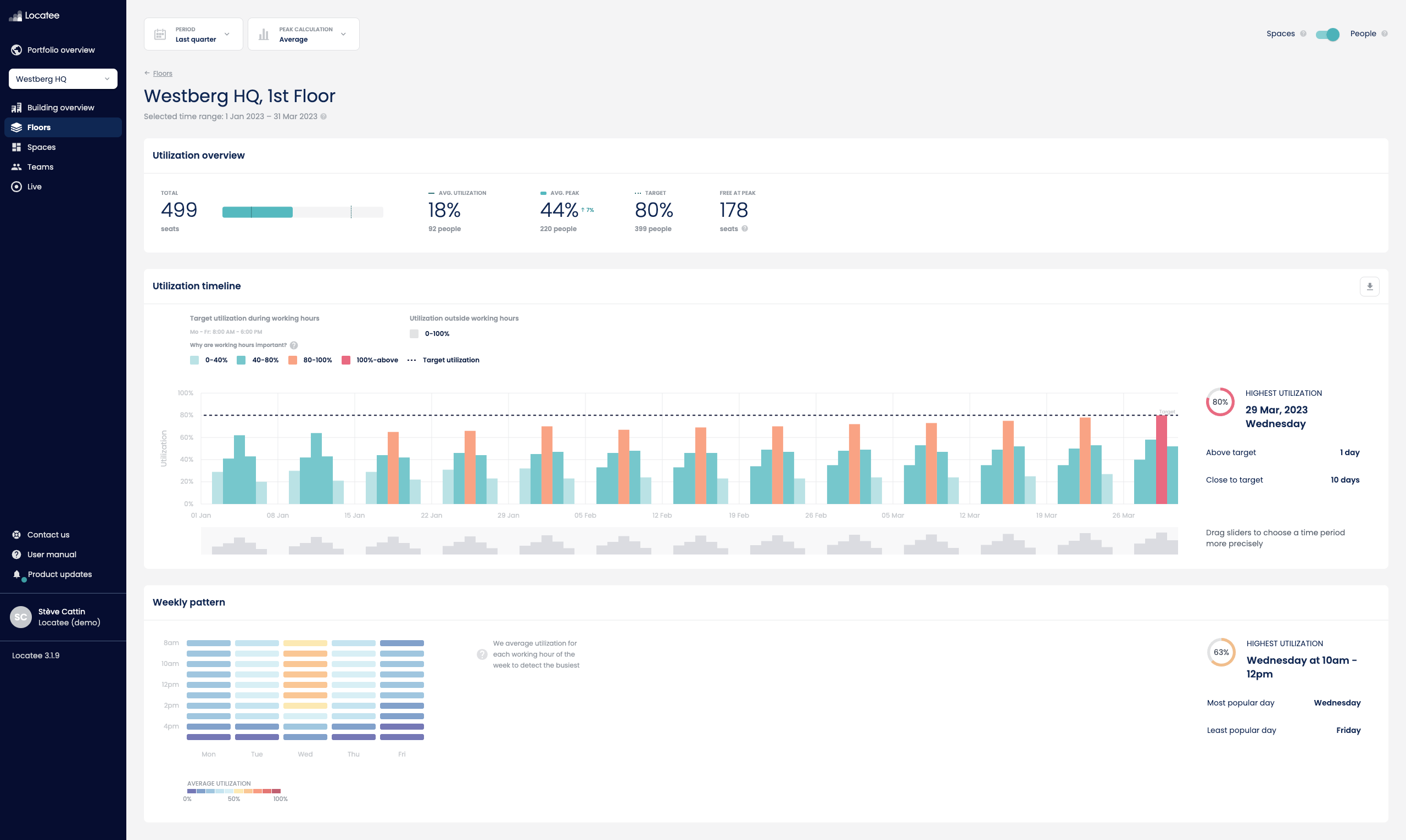As demographic, economic, and cultural shifts are taking hold worldwide, the workforce finds itself in a global transition. The workplace increasingly focuses on collaboration and interactions, and entire fields of work and work styles are changing. Leading organisations know that well-designed workspaces improve performance, speed innovation and build healthier work cultures. These changes have motivated innovative leaders all over the world to work towards a smarter future. According to forbes.com, smart city development spending is estimated to reach $41 trillion worldwide between 2016 and 2036. The development specifically shows itself in the implementation of smart buildings, which have the ability to collect and analyse traffic data and patterns to optimise and realise workspace potential. But how can smart buildings and the technologies be used best to make offices more people-oriented?
The 3 steps to create people-oriented offices
There are three steps to follow in order to turn your workplace into a smart office. Usually, real estate cost is high and employee productivity is low, which is why it is important to follow the steps listed below when it comes to analysing data if you want to change this.

1 – Identify strategic potential
In a first step it is important to understand how people behave across an entire real estate portfolio. Only then can you identify where to reduce costs, and how to increase the occupant’s productivity. Regional or global consolidation and growth potential can be identified, and the insights gained can show which areas offer the greatest saving potential. Unused or underperforming areas are thus optimised and adapted to specific needs of employees, while the savings can be reinvested into a more modern workspace concept.
2 – Realise operational potential
In the first step, the concept has been adapted and costs were decreased, while employee satisfaction was increased. Now, in a second step, the identified needs are realised. To adapt to the changes brought about by organisations and employees, the workspace too needs to be continually improved and adjusted in order to maintain cost savings. The goal is to manage workspaces and operate buildings based on data analysis, to optimise operational potential and realise savings potential. Team and meeting room analytics give valuable insights into how employees collaborate and relate to one another. Specific work patterns form the basis to planning a work environment fitted to the employees’ needs. For example, the planning of suitable equipment, allocation of desks and processes facilitate cost savings and focused investments in an optimised environment.
3 – Personalise workspace experience
In the end, the overall goal should be to improve the experience of your building’s occupants and foster a great company culture, which in turn increases productivity. This can be achieved by personalising the workspace experience. Alternative workplaces tend to lead to less time and energy devoted to typical office routines and more time devoted to customers. Furthermore, the solution allows to continuously reflect the occupants’ feedback on their office experience, and to improve it, so that employees can both locate colleagues and resources easily.
The development of smart office buildings involves the implementation of many different technologies. Strategic decisions to change the workplace will need to be drawn on data analytics for timely and broad-based findings that inform the solutions. Technological innovation such as Internet of Things (IoT) building platforms are changing the way facilities are operated and maintained. The information being able to be collected with the IoT, improves services and increases efficiencies by better understanding how employees, devices and other assets relate to one another.
In conclusion, workspaces and smart buildings have been developing in tandem and the rising importance of work culture has made it even more important to make offices more people-oriented. Following the three steps (identify, realise, personalise) by means of collecting and analysing data with IoT technologies, offers great potential to reduce costs of space and increase people productivity, while making offices more people-oriented.
We at Locatee are happy to provide support needed to implement these three steps and make your offices more people-oriented.

 4’
4’




